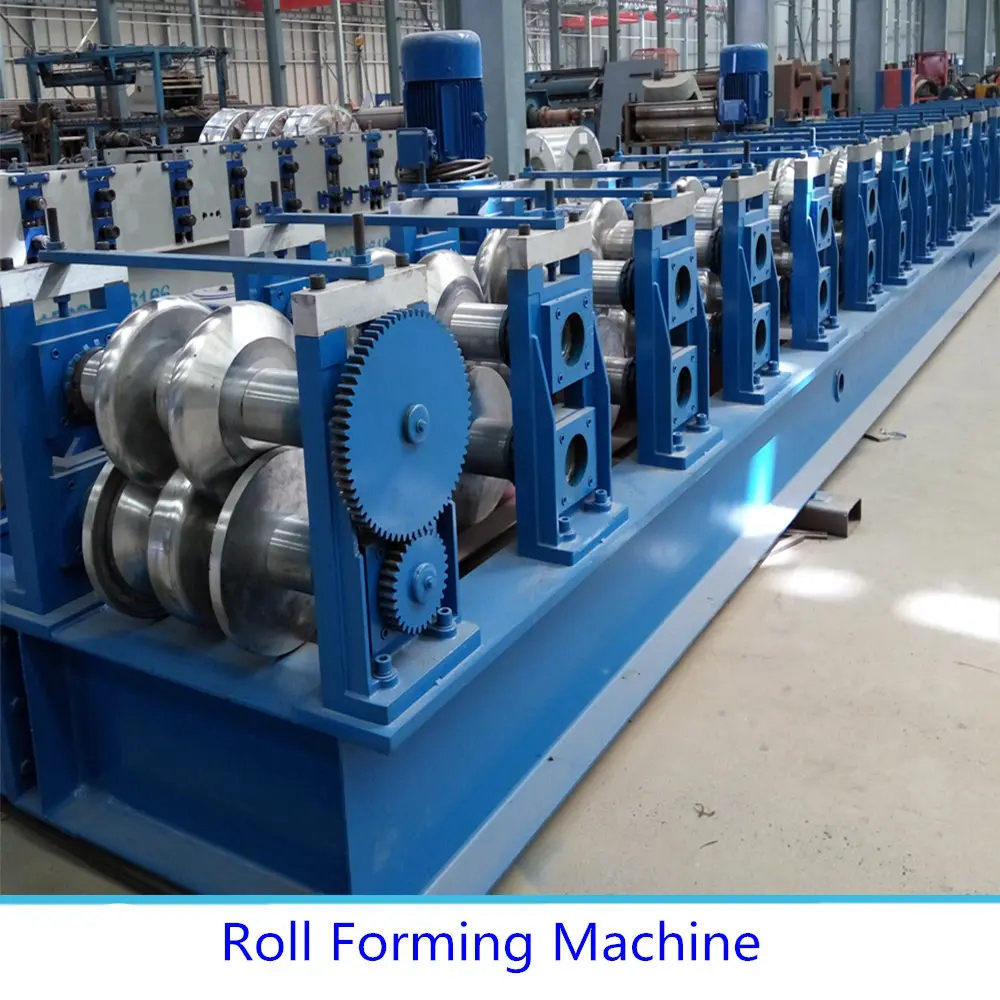
Understanding PPGI Prices Factors and Trends
Pre-painted galvanized iron (PPGI) is a popular material in the construction and manufacturing industries, known for its excellent durability, aesthetic appeal, and resistance to corrosion. As demand for PPGI rises globally, understanding its pricing dynamics becomes essential for manufacturers, construction companies, and traders alike. This article delves into the factors influencing PPGI prices and current market trends.
Key Factors Influencing PPGI Prices
1. Raw Material Costs The primary component of PPGI is galvanized steel, which is itself subject to price fluctuations based on the cost of raw materials like iron ore and zinc. When the prices of these commodities increase, the production costs of PPGI rise, leading to higher market prices.
2. Manufacturing Processes The technology and processes involved in the production of PPGI also play a significant role in pricing. Advanced manufacturing techniques that enhance the quality and longevity of the product can increase costs. Conversely, inefficiencies in production can lead to lower prices, affecting market competitiveness.
3. Market Demand Seasonal trends and overall economic conditions greatly influence the demand for PPGI. Construction booms in emerging markets can drive up demand, leading to price increases. Similarly, downturns in specific industries can result in decreased demand, consequently affecting prices.
4. Trade Policies and Tariffs International trade policies, including tariffs on imported steel products, can significantly impact PPGI prices. For instance, if a country imposes high tariffs on imported galvanized steel, domestic producers may benefit from reduced competition, potentially driving up their prices due to a lack of alternatives for buyers.

5. Global Economic Conditions Economic factors, such as inflation rates, currency fluctuations, and overall economic performance, also affect PPGI prices. A strong economy often leads to increased infrastructure projects, subsequently boosting demand for construction materials, including PPGI.
6. Innovation and Sustainability There is an increasing trend toward sustainability in manufacturing processes. Investments in eco-friendly technologies may initially raise production costs but can lead to long-term savings and market advantages, reflecting positively on pricing strategies.
Current Market Trends
As of late 2023, the PPGI market is witnessing varying trends globally. In regions where construction is booming, PPGI prices are on the rise, fueled by heightened demand. Meanwhile, in other areas, supply chain challenges and raw material shortages are leading to price volatility. The ongoing push for sustainable practices is also reshaping pricing strategies, as consumers become more willing to pay a premium for environmentally friendly products.
Moreover, the impact of geopolitical tensions cannot be understated. Conflicts and trade disputes can lead to supply chain disruptions and affect availability, further complicating price assessments.
Conclusion
In conclusion, PPGI prices are influenced by a multifaceted array of factors, including raw material costs, market demand, trade policies, and global economic conditions. Understanding these dynamics is crucial for stakeholders in the construction and manufacturing sectors to navigate the complexities of the market effectively. As the industry continues to evolve, staying informed about these trends will be vital for making strategic purchasing and investment decisions in the world of PPGI.